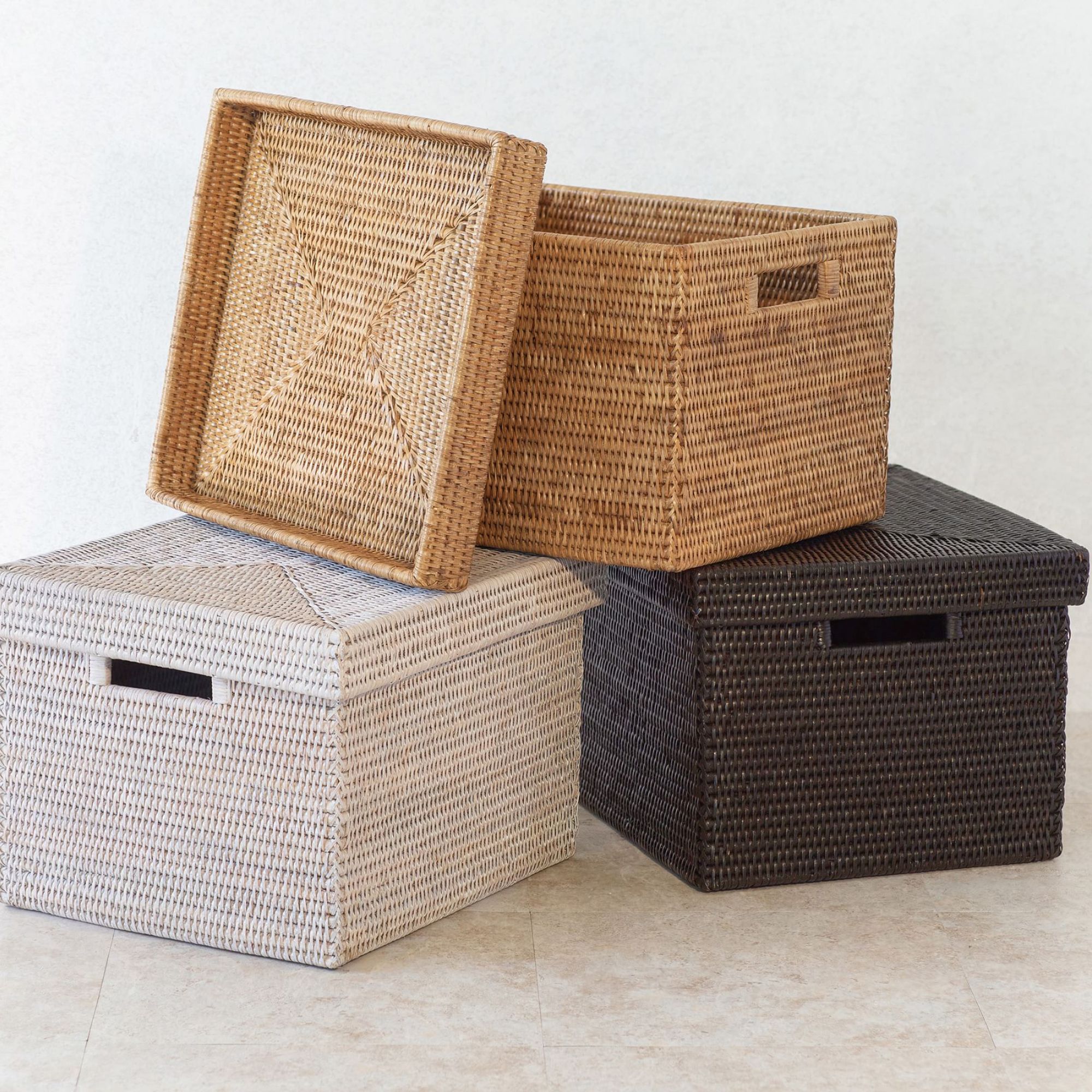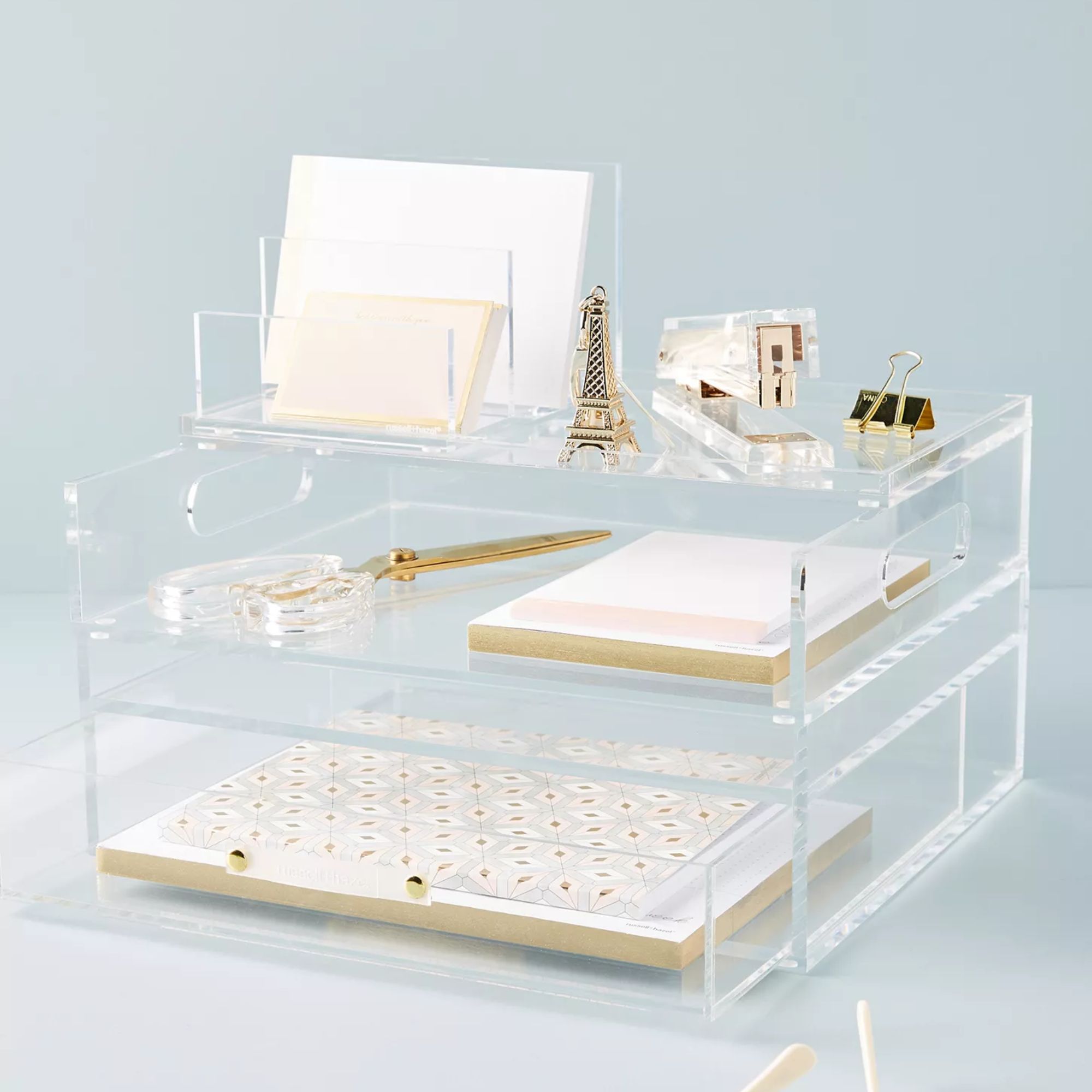How to organize any space in 6 steps – experts share the failsafe tips for creating functional and cohesive spaces
There are some key fundamentals to organizing any space – this is what the experts say to do
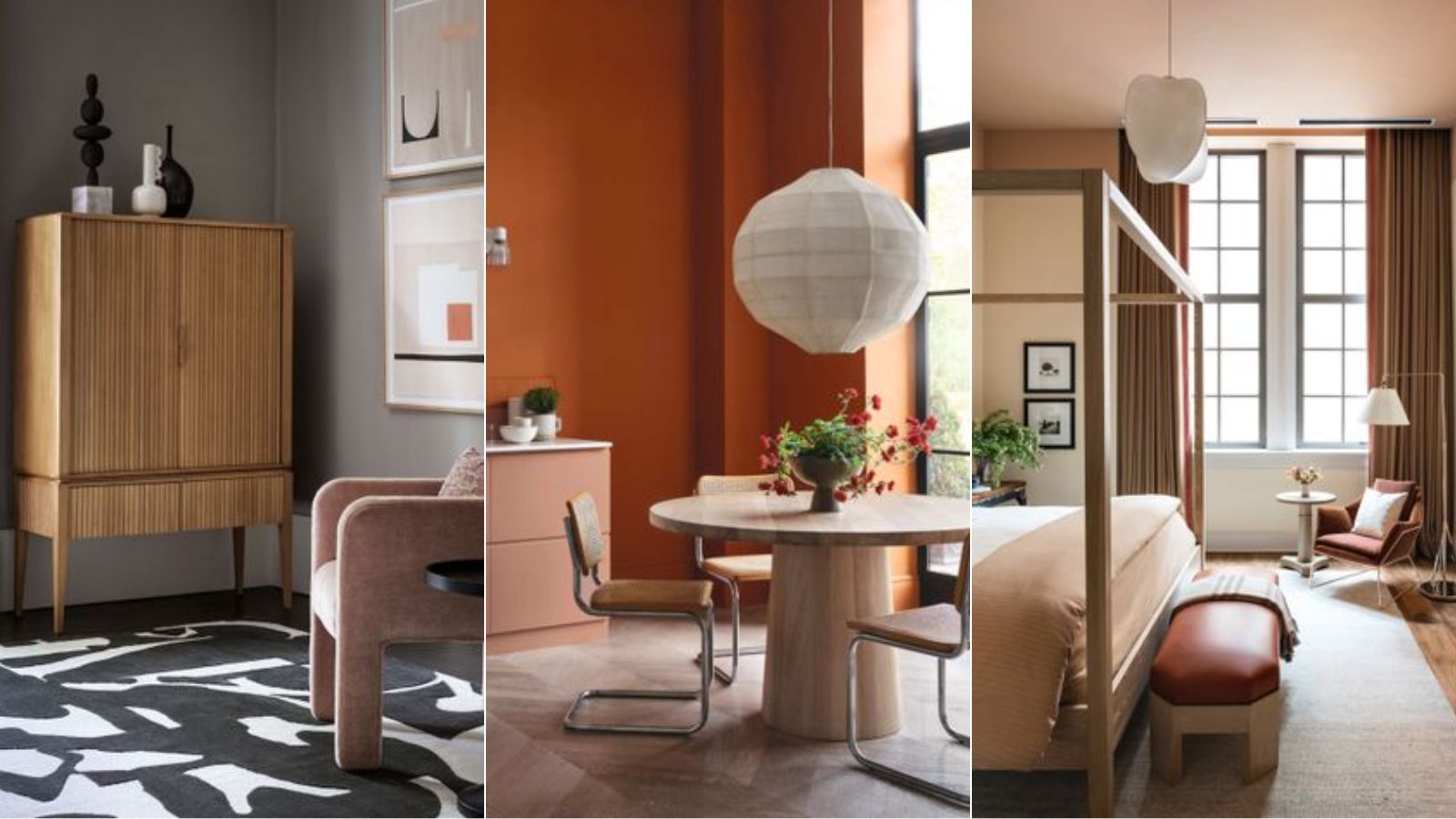

Organizing any space is key to making everyday life more efficient, creating a more practical space that will look coherent and purposeful.
Although every space is different and will require you to retrospectively consider how it should be organized based on its function, there are some general home organizing guidelines that apply to any space.
So, whether you are considering how best to organize a room, such as organizing a kitchen, or a smaller area, such as organizing a bathroom vanity, these golden rules provided by our experts can help make doing this task in any space seem simple.
How to organize any space
Essential to organizing any space is first considering what you want to achieve – you may be aiming to create a more functional space, trying to organize for a move, or just for the upcoming season. Additionally, it's vital to assess what the purpose of the space is, what you need in it and where will everything be most effectively stored.
1. Planning based on the room's purpose
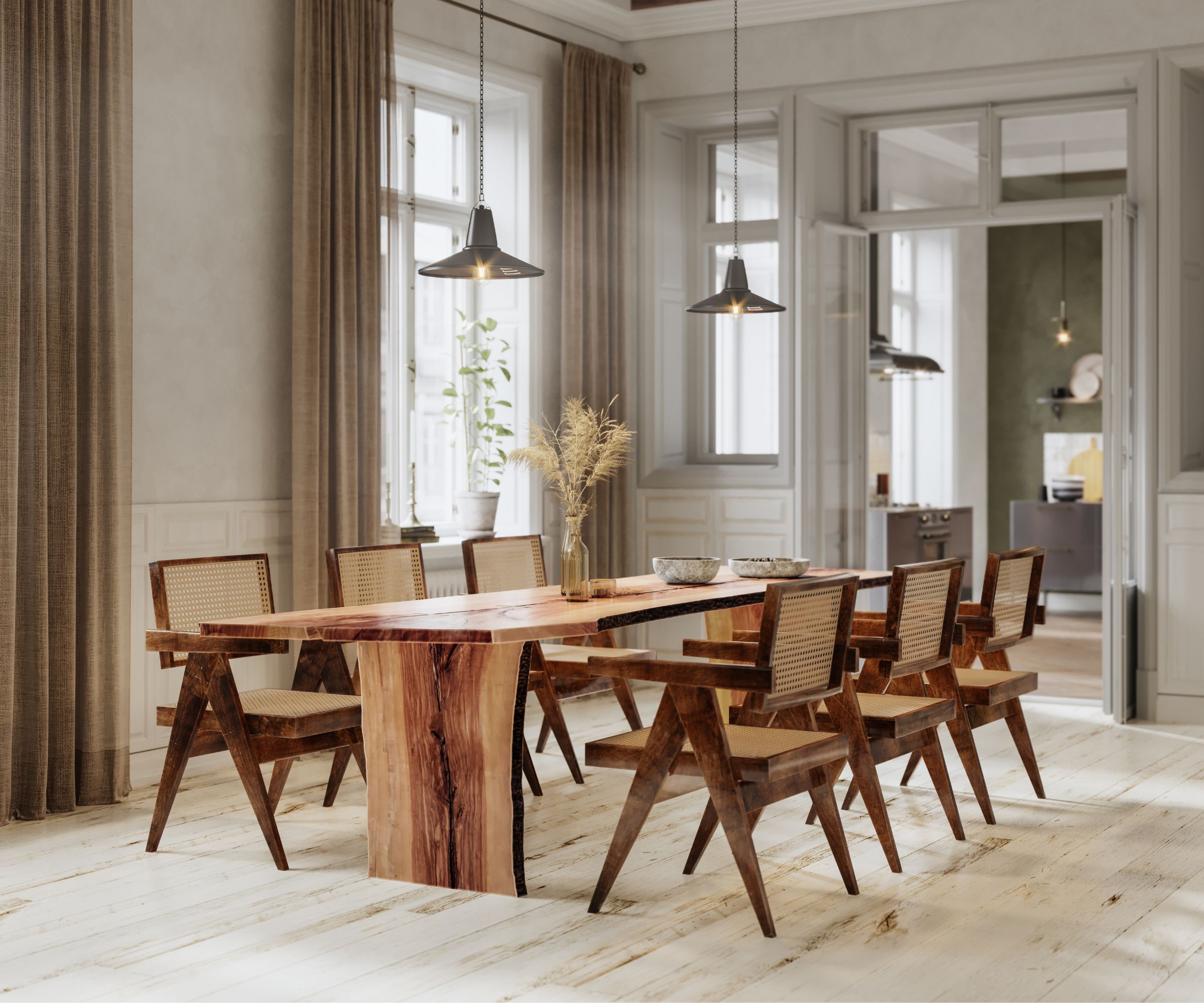
Rich Mullins organization and interiors expert, and owner of H2O Plumbing advises, 'To organize any space successfully, you must first understand its intended purpose. Whether it's a living room, a workspace, or a storage area, identifying its primary function is crucial. For instance, in a home office, you'll want to prioritize functionality and productivity, whereas in a living room, aesthetics and comfort may be the main focus.'
This will help you to decide what belongs in the room, what can be decluttered, and where items should be located for practicality and decorative purposes.
'Make sure to consider what activities may take place in the space, such as entertaining, working, or studying,' adds Stefania Rella, interior designer at Standexpo. 'After assessing the space and determining the purpose, it is important to plan out the details.
'Look at the available storage options, such as shelves, cupboards, and drawers, and decide what works best for the items you need to store.
'Additionally, plan for any furniture that could be used to create a functional and inviting space, such as seating, a work desk, or media centers.' Consider where the most efficient places will be to store items so that they are accessible and fit comfortably in the space.
Stefania Rella continues, 'Finally, plan ways you will make the space feel more personalized and inviting. Accent pieces, such as rugs, artwork, or plants, can help to express your style and make the room seem more homey.'
2. Declutter
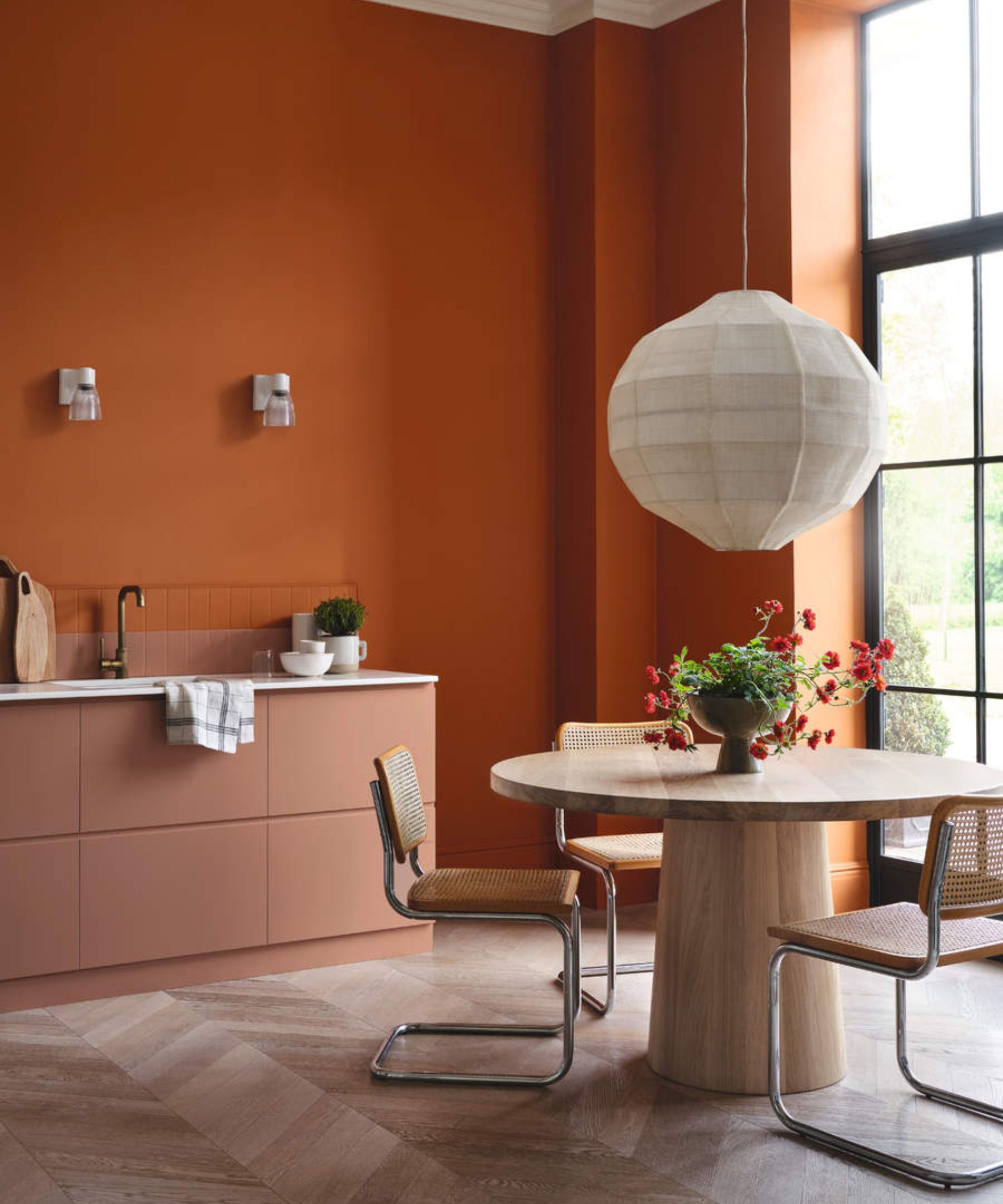
Before sorting items, it's important to first declutter any space you are organizing to remove items that are not adding to the function or aesthetic appeal of a space.
Nick Valentino, professional mover from Bellhop Movers says, 'If you're serious about organizing a space, it's always best to start from scratch. Your first move should be to remove as much stuff from the space as possible, get rid of anything that doesn't belong, and thoroughly clean the area.
'From there, your strategy will be different depending on the outcome you are aiming for. For a space like an entryway where you have a rotating selection of seasonal items, I like to only bring things into the space as you actually use them. This will keep you from overloading the space and help you identify other things you can get rid of. For a storage space like a basement, bins sorted by task or occasion are ideal.'
Rich Mullins agrees, 'Remove items that are no longer needed or serve a purpose. Consider donating, recycling, or discarding them responsibly. Sorting items into categories will help streamline the process. For example, in a kitchen, you can categorize items such as utensils, cookware, and pantry goods.'
Martin White, interior designer and CEO at Europexpo recommends, 'Be ruthless in your decluttering. If you haven't used an item in the past year, it's probably time to get rid of it. Donate or sell items that are still in good condition, and recycle or trash the rest.' This step is especially important if you are organizing and decluttering to downsize or decluttering to move.
3. Create zones
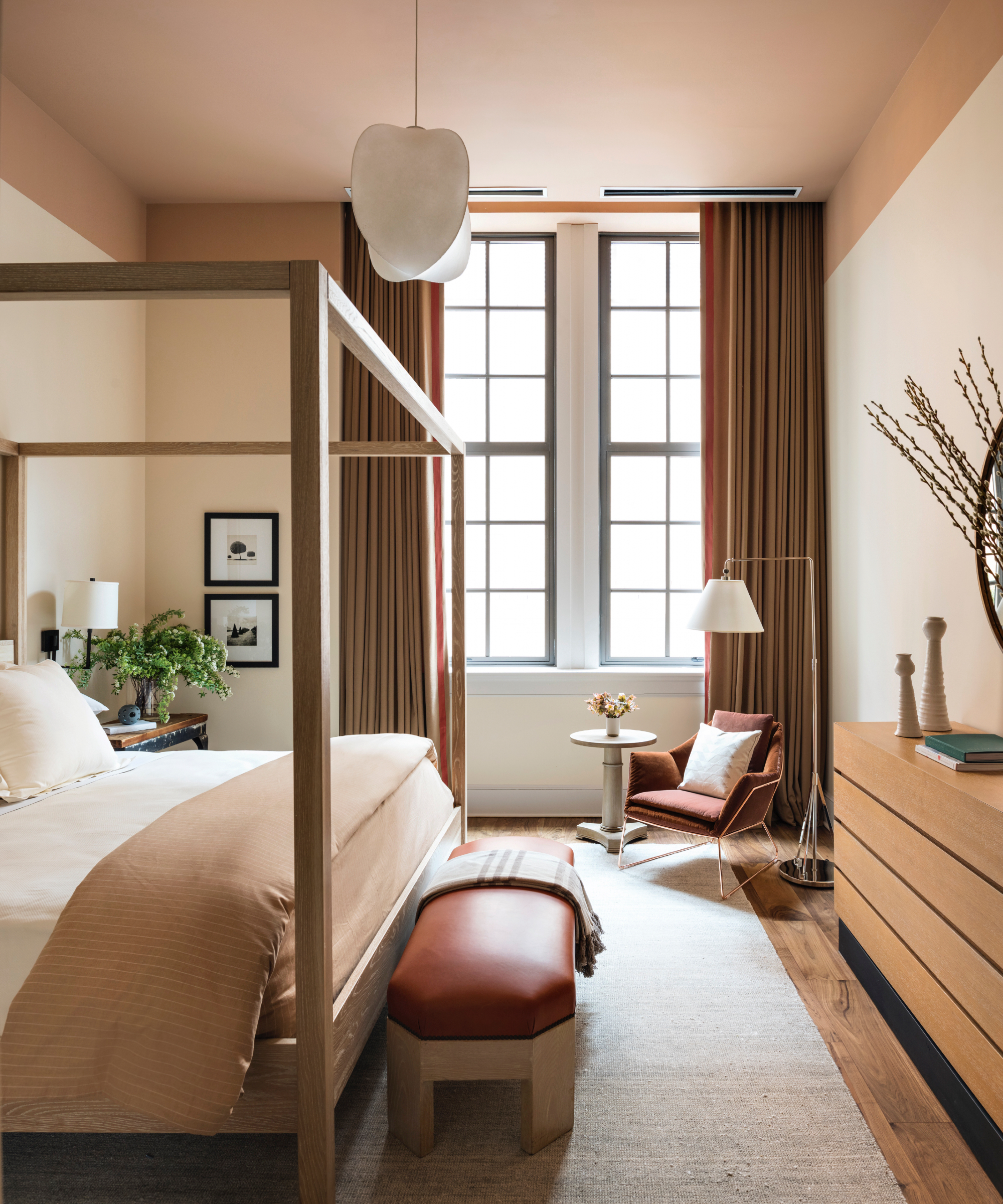
Victor Cheung, Feng Shui expert, designer, and founder of Feng Shui Nexus suggests: 'Define zones for functionality. Think about creating zones within your living room, bedroom, or kitchen, designating specific areas for different functions can make the most of your space. Arrange your furniture or use rugs to clearly define these zones, making your room both organized and visually appealing.'
For example, when organizing an open plan space, defining zones can be key for working out where items should be placed and stored to create definition and flow.
4. Categorize and sort items
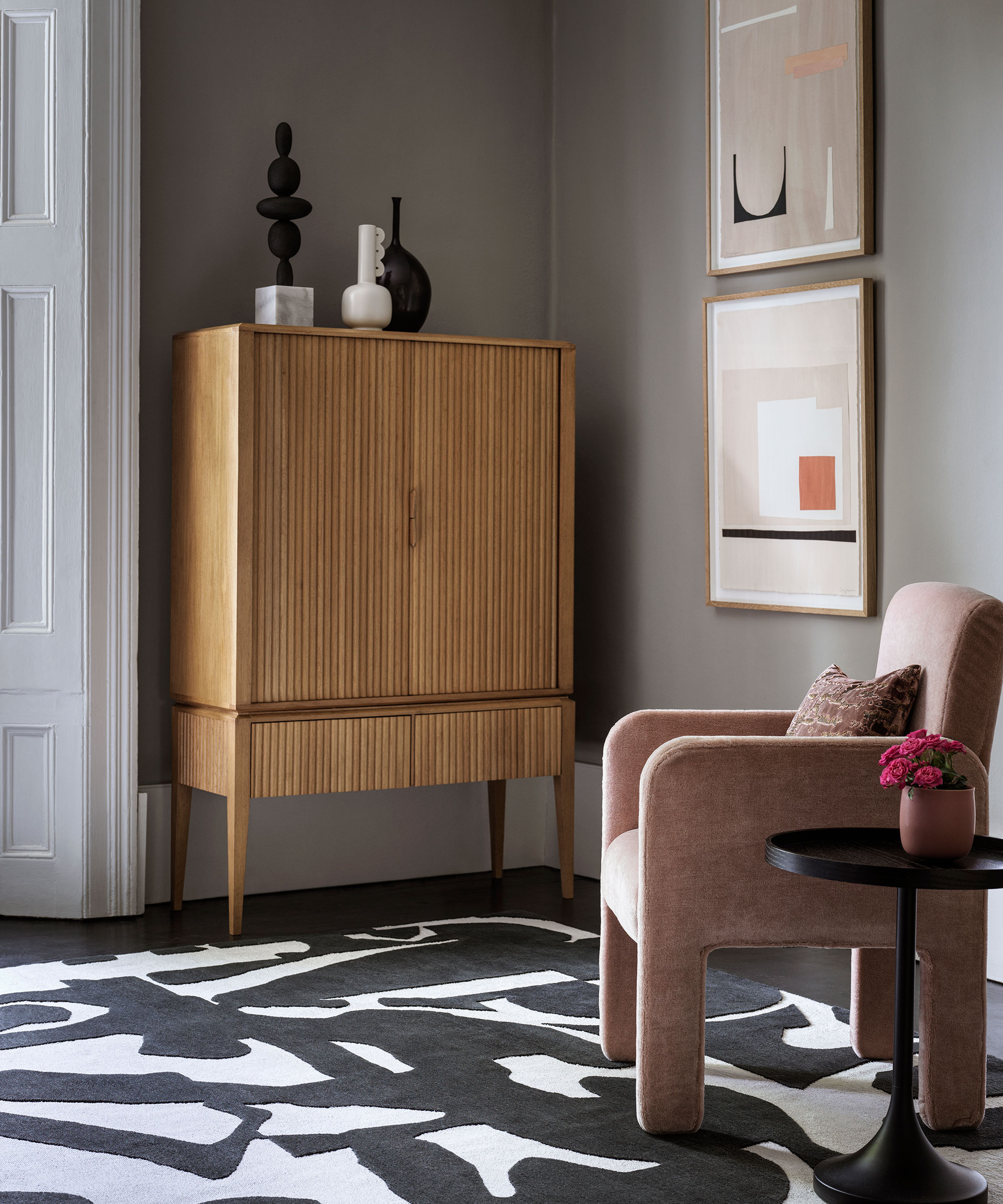
'The next step involves laying out all your possessions, categorizing them, and grouping items together based on these categories,' advises Tanya Stone of Tanya Stone Interiors. 'Once that's done, allocate specific spaces for these items, considering both their sizes and the available location space.'
Don't simply group items that fit the same category together, but rather consider how they are used on a daily basis and whether this impacts where they should be stored. For example, in your living room you may have an excess of blankets which you may opt to store in a basket at the end of your sofa, but you may regularly use one or two which can be separately kept draped over an armchair.
Martin White adds, 'Use bins, baskets, and other containers to corral items together. This will help them stay organized and easy to find. This will help you remember what's in each container and make it easier to find what you're looking for.' You may also want to use labels to make locating items a quicker job.
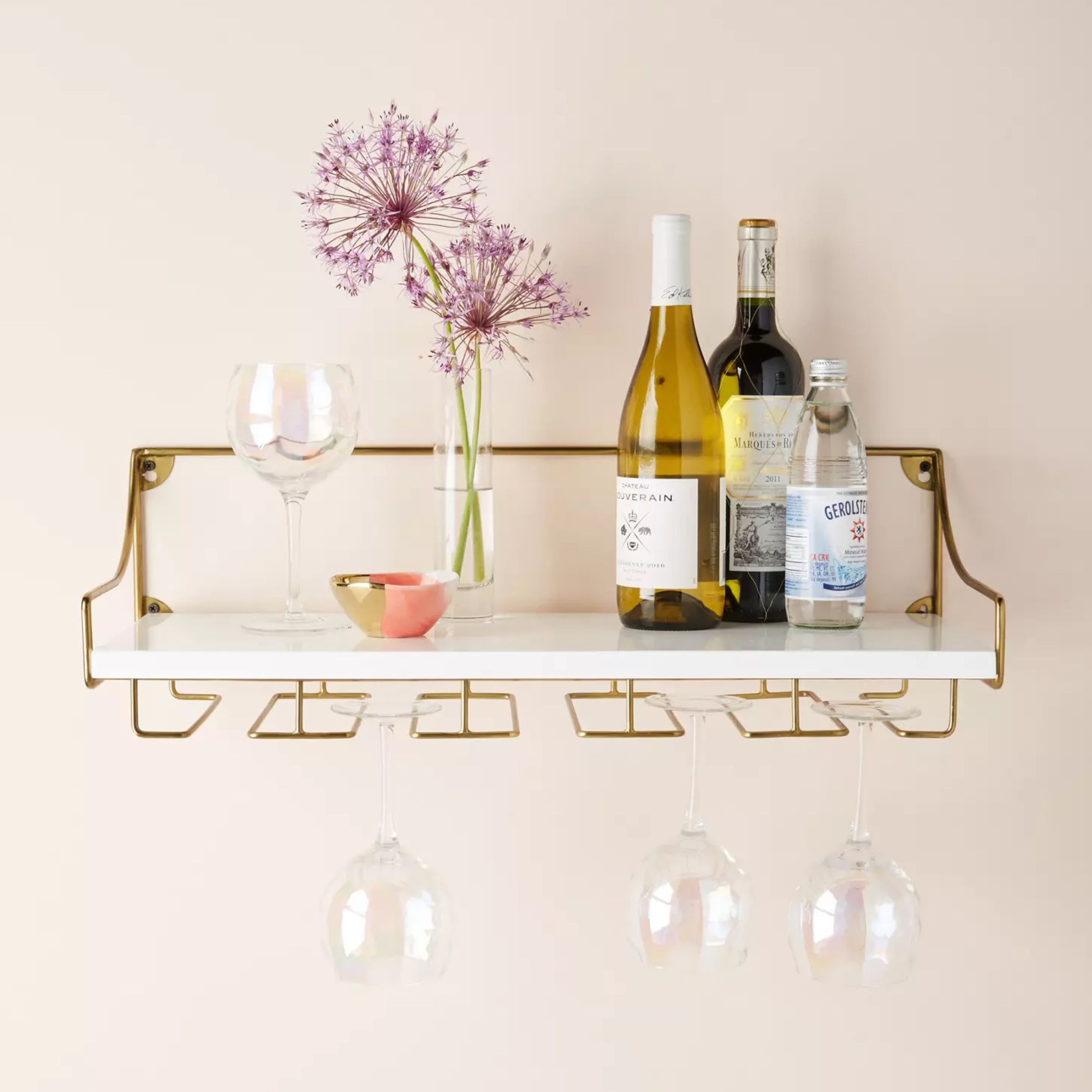
$178.00
Often, organizing isn't just about closed storage options, open options such as this wall-mounted wine glass shelf is the perfect way to keep your drinks well organized and on display.
5. Prioritize accessibility
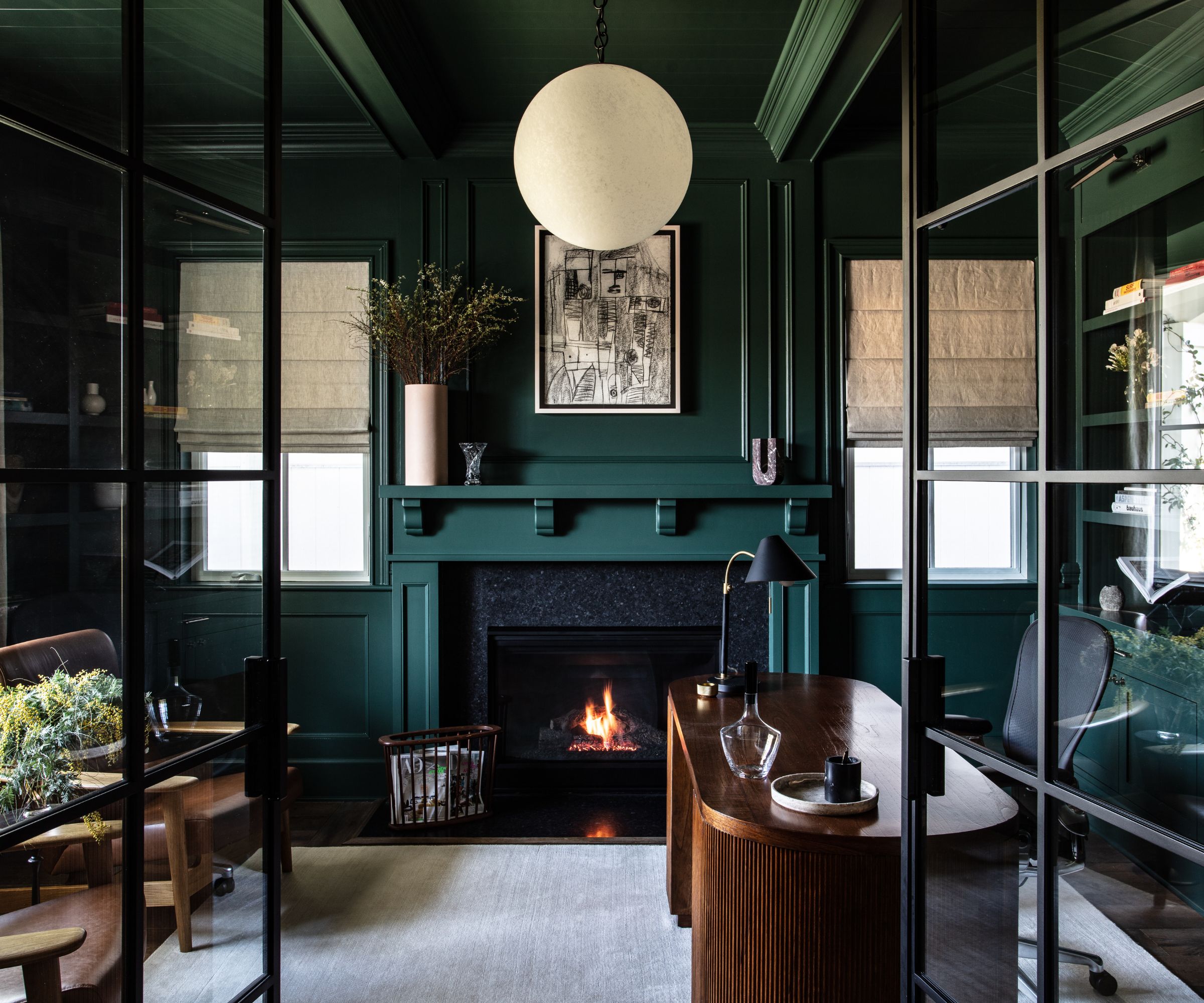
Accessibility is key to creating a functional space, which can be achieved by organizing your space to minimize clutter and keeping regularly used items to hand.
'In both professional and residential spaces, accessibility is key,' says organization expert, Rich Mullins. 'Arrange frequently used items within easy reach, and less frequently used items can be placed in less accessible areas. This approach minimizes clutter and maximizes efficiency. For instance, in an office, place essential documents and supplies within arm's reach of your workspace.'
Identifying the different activities and tasks you need to accommodate as part of your regular routines in order to assess how items should be best organized.
6. Regular maintenance
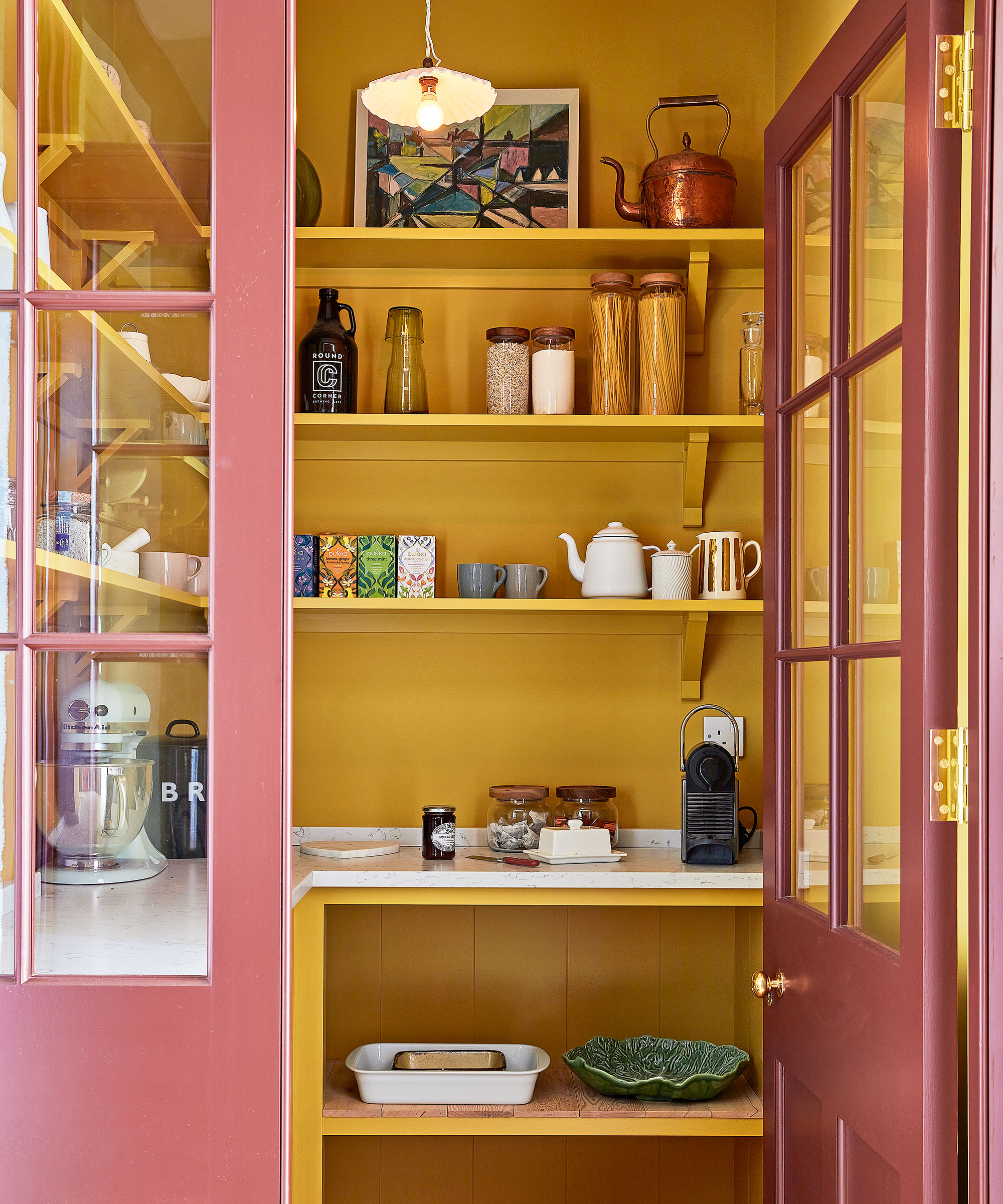
'Organizing is an ongoing process. Encourage a culture of tidiness in your home by implementing regular maintenance routines. This might include weekly cleaning sessions, monthly reviews of storage spaces, and seasonal decluttering efforts,' advises Rich Mullins.
An organizing hack I sometimes use – especially in a closet space or office where there is a constant cycle of new laundry or letters and paperwork to organize entering the space – is keeping a storage basket by the door to temporarily store items for when I'm too busy to immediately organize them. These items can be neatly stored there until I have the opportunity to organize them when I have some free time. This method keeps surfaces clutter-free and ensures items get organized, rather than stuffed away in a panic.
FAQs
Where is the best place to start when decluttering?
Christina Giaquinto, professional organizer and Brand Ambassador of Modular Closets recommends starting small and setting a timer for 15 minutes. 'If you are feeling overwhelmed, pause and hit the reset button. Decluttering is both physical and emotional so there may be moments where you feel overwhelmed and this is completely natural and okay.
'So first and foremost, pause and step away for a moment. Sometimes all you need is a breather, a glass of water, and to step away from the clutter. Secondly, if you find the process overwhelming, work within an allocated amount of time.'
Then, come back and try and reconsider if there is an easier way to declutter, such as doing it section by section or starting again with certain areas. This should help your destress and reset with your decluttering efforts.
When organizing any space, make sure not to overcrowd storage areas. These will be more efficiently used and stay ordered when they are not full to the brim.
There are plenty of storage options to invest in such as multi-functional furniture that can make the most of your storage space, helping you to organize any space effectively.
Sign up to the Homes & Gardens newsletter
Design expertise in your inbox – from inspiring decorating ideas and beautiful celebrity homes to practical gardening advice and shopping round-ups.

Lola Houlton is a news writer for Homes & Gardens. She has been writing content for Future PLC for the past six years, in particular Homes & Gardens, Real Homes and GardeningEtc. She writes on a broad range of subjects, including practical household advice, recipe articles, and product reviews, working closely with experts in their fields to cover everything from heating to home organization through to house plants. Lola is a graduate, who completed her degree in Psychology at the University of Sussex. She has also spent some time working at the BBC.
-
 Is the viral salt hack the secret to a weed-free patio? A garden expert warns of irreparable, long-term damage – plus reveals the safest way to get results
Is the viral salt hack the secret to a weed-free patio? A garden expert warns of irreparable, long-term damage – plus reveals the safest way to get resultsYou might have seen gardeners on TikTok or Instagram using salt to kill weeds in pavers, but this hack should be avoided at all costs
By Thomas Rutter Published
-
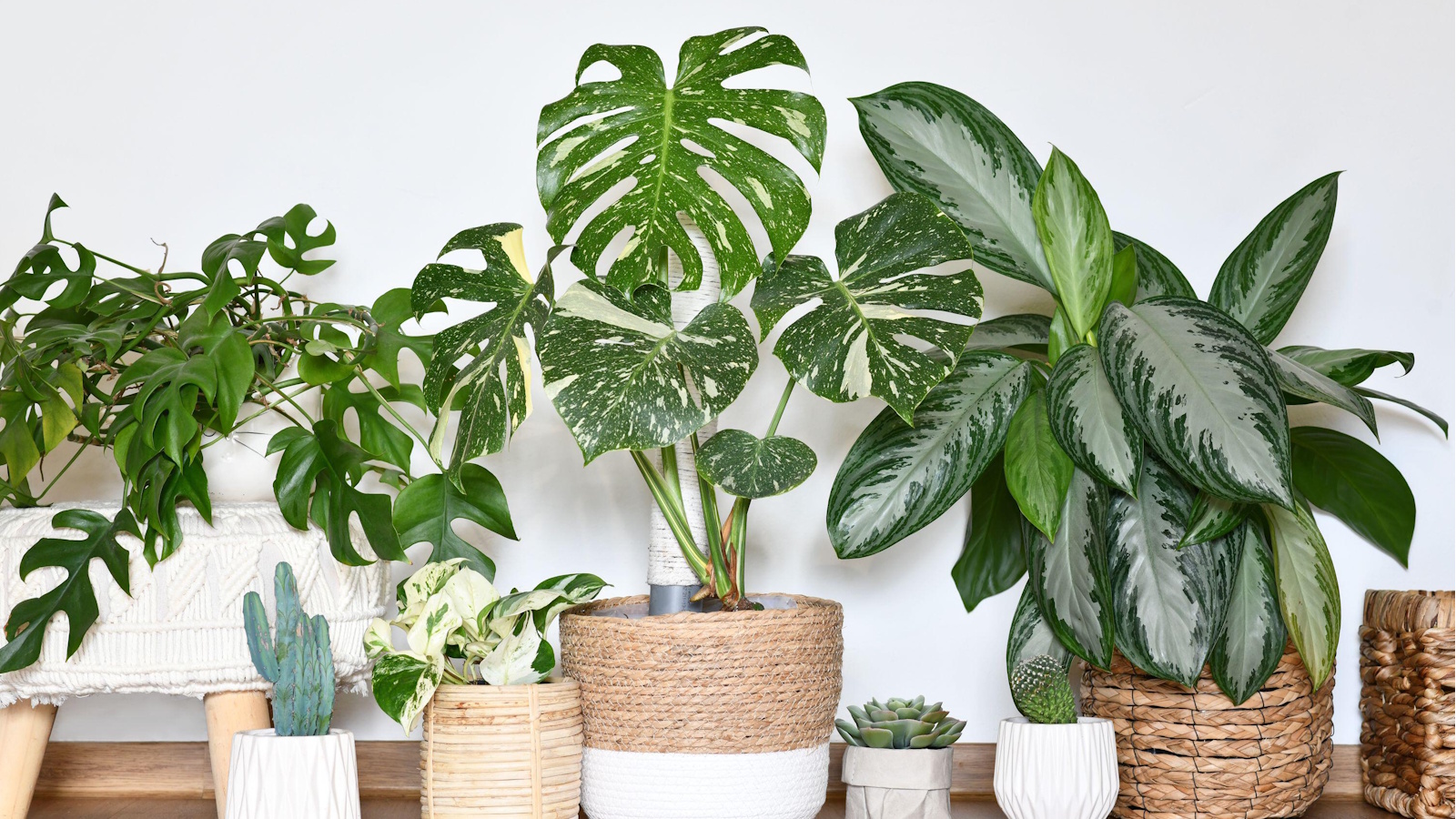 9 longest-living houseplants – expert recommendations and tips for species that can live over 10 years
9 longest-living houseplants – expert recommendations and tips for species that can live over 10 yearsInvest in these houseplants now for years of luscious foliage in your home
By Tenielle Jordison Published
